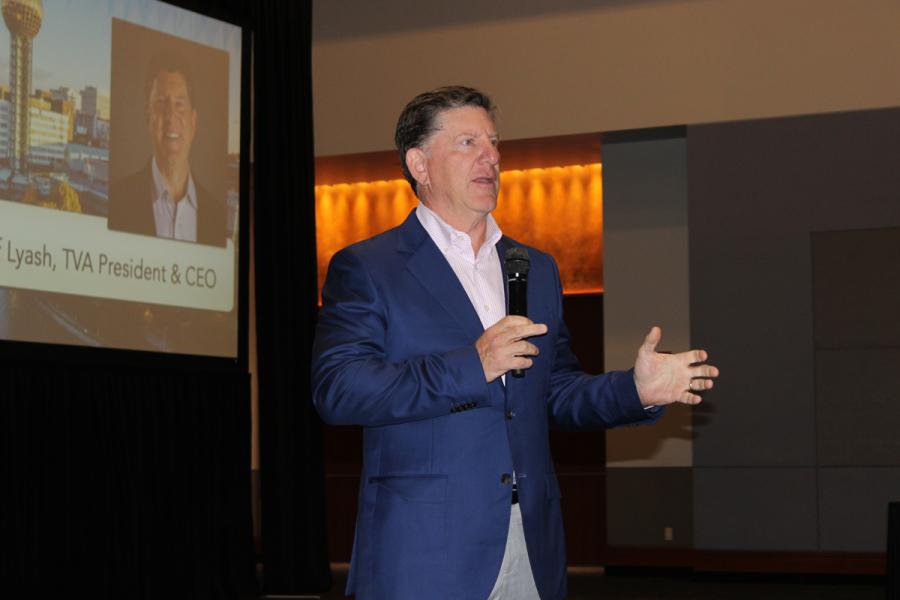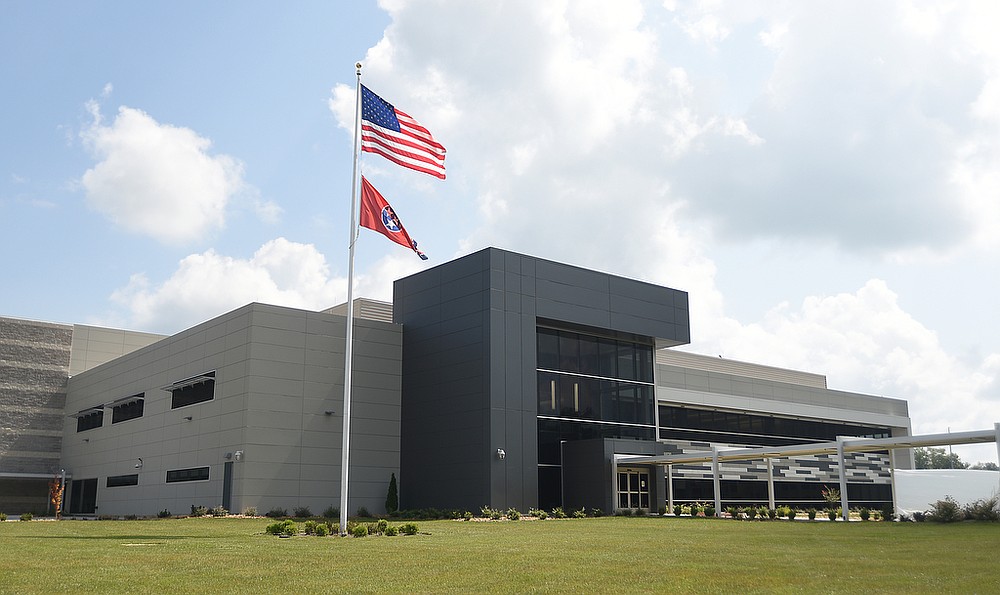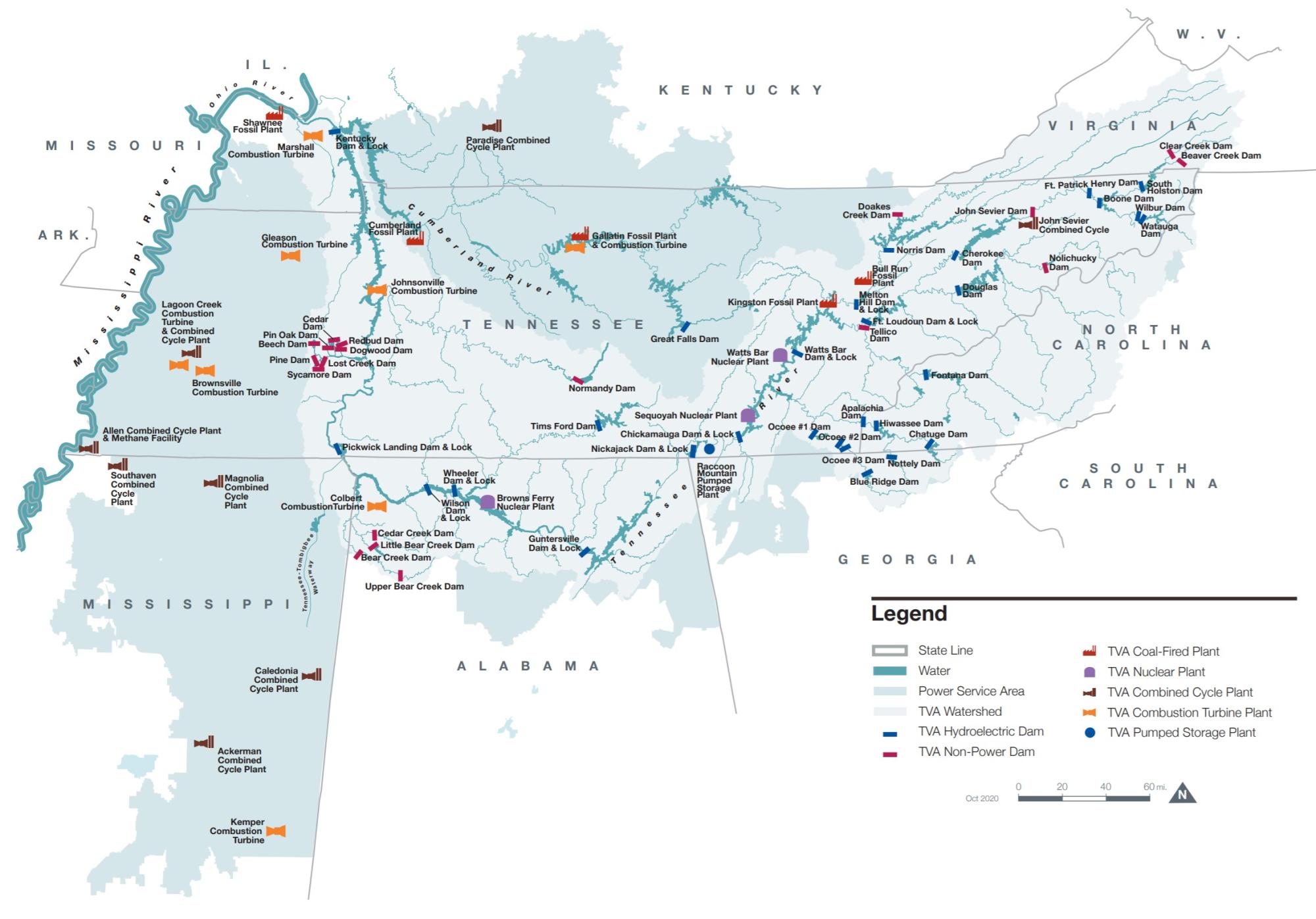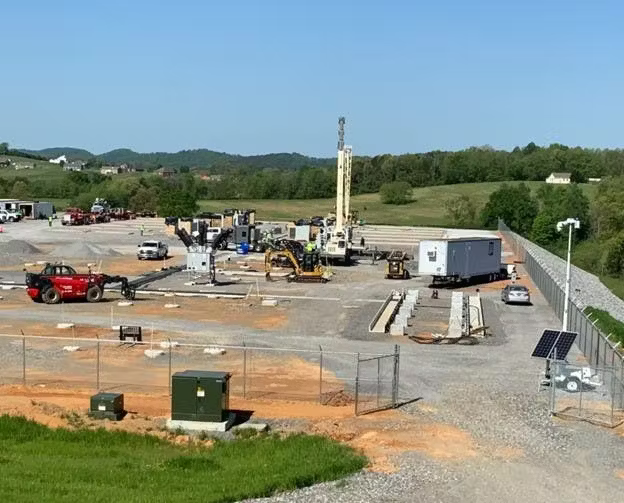TVA's Jeff Lyash talks Tennessee's energy future

By KATE COIL
TT&C Assistant Editor
With concerns such as providing renewable energy sources, the expanding electric vehicle market, and ensuring American infrastructure can survive increasingly damaging weather events, the Tennessee Valley Authority (TVA) is working toward solutions for the state’s energy future.

TVA aspires to have a carbon-free energy system by 2050, which includes the deployment and installation of 10GW of solar by 2035. Jeff Lyash, president and CEO of TVA, addressed how the authority plans to accomplish this and address other areas of concern at TML’s 84th Annual Conference in Knoxville.
In his four decades of experience in the power industry, Lyash said he has never seen anything like the landscape of energy today.
“The next 25 years is going to be really remarkable,” he said. “As we look back on this 25 years from now, the change will be as dramatic as anything we’ve seen in this industry in its 100-year history. What we built over the past hundred years we are going to have to build twice over in the next 25 years, just to give you an idea of the scale.”
Lyash said TVA was founded with three goals in mind: the environment, economic development, and energy production. Some of those goals – such as harnessing the Tennessee River system, sustainable farming, stopping deforestation and flooding, attracting capital investment and jobs, supporting economic growth, and raising standards of living – are ongoing while others continue to evolve.
“These three goals are more important and even more inter-related than they were 91 years ago,” he said. “First TVA built hydroelectric to help electrify the South. As time went on, we did coal electrification, and most of the U.S. was built on coal. It supported the war effort and a number of other things. Then we built nuclear plants, and in this country, we have built 100 nuclear plants in 50 years. After that, we began to fill gaps. Now we’re building more wind, solar, and other technologies.”
For the first time, Lyash said TVA is also retiring assets, particularly coal plants, as they are reaching their end-of-life and no longer fit the needs of modern systems. Environmental concerns have also put pressure to reduce the use of coal.
“Almost 60% of all energy TVA generates today is carbon-free,” he said. “We do that through hydro and investing to extend the lives of our hydro fleet. Our nuclear fleet generates 43% of all energy. We also have a growing set of renewables. That remaining 40% is primarily coal and gas. Coal at one time was 70% of TVA’s mix, but is now under 15% today. All the coal facilities will be retired by 2035. We are building natural gas right now, which is controversial but helps us drive the coal out for 60% less carbon emissions. It is also key to build gas as a bridge to renewables. I love the idea you can do it all from renewables; I’m an engineer and I know you can. What will happen is, over the next 20-50 years, is that renewable slice will grow bigger.”
The challenge is to make way for the new assets to generate the electrical needs of the future while phasing out those facilities that can no long perform.

“We are seeing dramatic growth in power demand,” he said. “This is because of in-migration – people moving to your cities and towns. We are seeing economic development, which today requires huge amounts of electricity, more so than ever before. Third is electrification. What I mean by electrification is not necessarily EVs, but 65% of businesses and households in Tennessee use electrification for energy, which is the highest penetration anywhere in the country and is increasing. An auto manufacturer we are talking with said their largest need is curing the paint on the automobiles. That is presently done with natural gas, but they want to convert to electricity. A 40% electrification is usually about 300-400 megawatts. That one project is 450 megawatts.”
One reason these needs are going up is technology that requires more electricity.
“Today in the TVA footprint, 1.5-2% of electricity sales go to computational businesses like cryptocurrency and data centers,” Lyash said. “By 2030, that is going to be 10%.”
As a result, Lyash said the energy landscape is changing.
“We are going to double or triple the amount of electricity we use in our lifetimes, and it means we are going to be more dependent on electricity than we are today,” he said. “In 1950, only 2% of the energy you used in your life was electricity, and the rest was oil, gas, coal, etcetera. Today, that is 22%, and in 2050 it will be more than 50%. Not only are we going to use more electricity, we are going to be more dependent on that. That means expectations on its affordability and reliability have to go up.”
The two main ways of achieving this are energy security and decarbonization or clean energy. Lyash said present dialogue makes either energy security or clean energy possible, but he feels both are interconnected. To be secure, he said energy needs to be affordable, reliable, and resilient.
“Don’t make people choose between the two; we can have both, we just have to be careful about the way we do it,” Lyash said. “Our goal is increasing energy security with ever more clean power even as the demand doubles and triples in the next several years.”
Lyash said TVA is already working on making this possible.
“In general TVA has one of the most reliable systems in the country,” he said. “In terms of affordability, we together with the municipal power systems and cooperatives deliver power at a residential retail price lower than 80% of the country and industrial rates lower than 95% of the utilities in the country. This is key to economic development.”
One of the big challenges is the “significantly more volatile weather” being experienced in the region.
“The highs are higher, and the lows are lower; the changes are more rapid,” Lyash said. “Things are more extreme. We have to make significant investment in resiliency... The system was built to go from the generator to the meter at your house for the past 100 years. We are rebuilding the system now to include a whole diverse set of resources."

This will be achieved through distributed energy – such as from community or regional solar facilities – and distributed storage, which is the storage of energy in lithium-ion batteries, at substations, or pump-hydro stations. The process reserves energy usage for peak hours while conserving it when less energy is being used. Last year, TVA launched a $1 billion energy response program to reduce the load TVA is seeing by 30%.
“This is going to require technology investments in the distribution system,” Lyash said. “It may be in your business or your house so we can see that, we can model it, and we can make sure we are optimizing all those distributed resources. We are integrating it with the big, pulp power systems so you get the best of it all. You should expect this now at your co-op or your municipal utility.”
The biggest challenge is energy and community officials working closer than ever before to use the unique TVA model to face what is on the horizon.
“The public power model in the Tennessee Valley, and this partnership between TVA, your local power company, and your community is unique in the world,” he said. “It doesn’t exist anywhere like this. It is a mammoth strategic advantage because it is already delivering a lower price with higher reliability, higher resiliency, and low-carbon. It is poised to deliver that for generations to come.”

